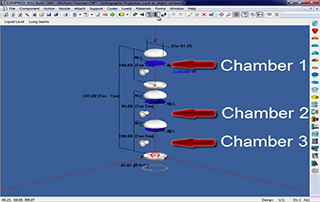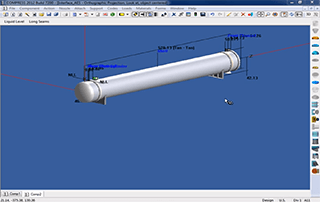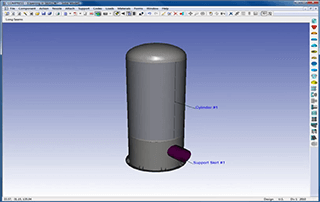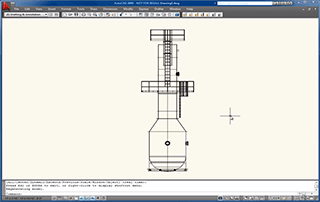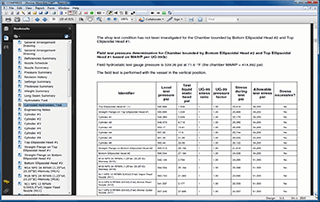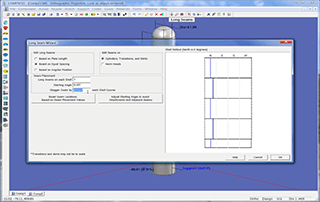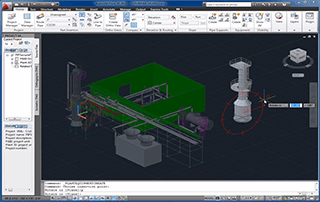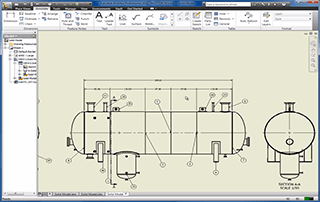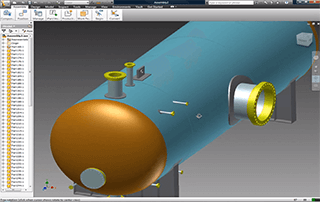Multiple Pressure Chamber Stacked Vessel Design
Having trouble viewing this video? Download video (.mov 10MB) Stacked Vessel Design Using COMPRESS Certain industrial processes require pressure vessels to be built with multiple chambers operating under different design conditions. COMPRESS and INSPECT both support multiple pressure chamber, stacked vessel designs. Benefits of using this feature include: Individual pressures, temperatures, [...]
